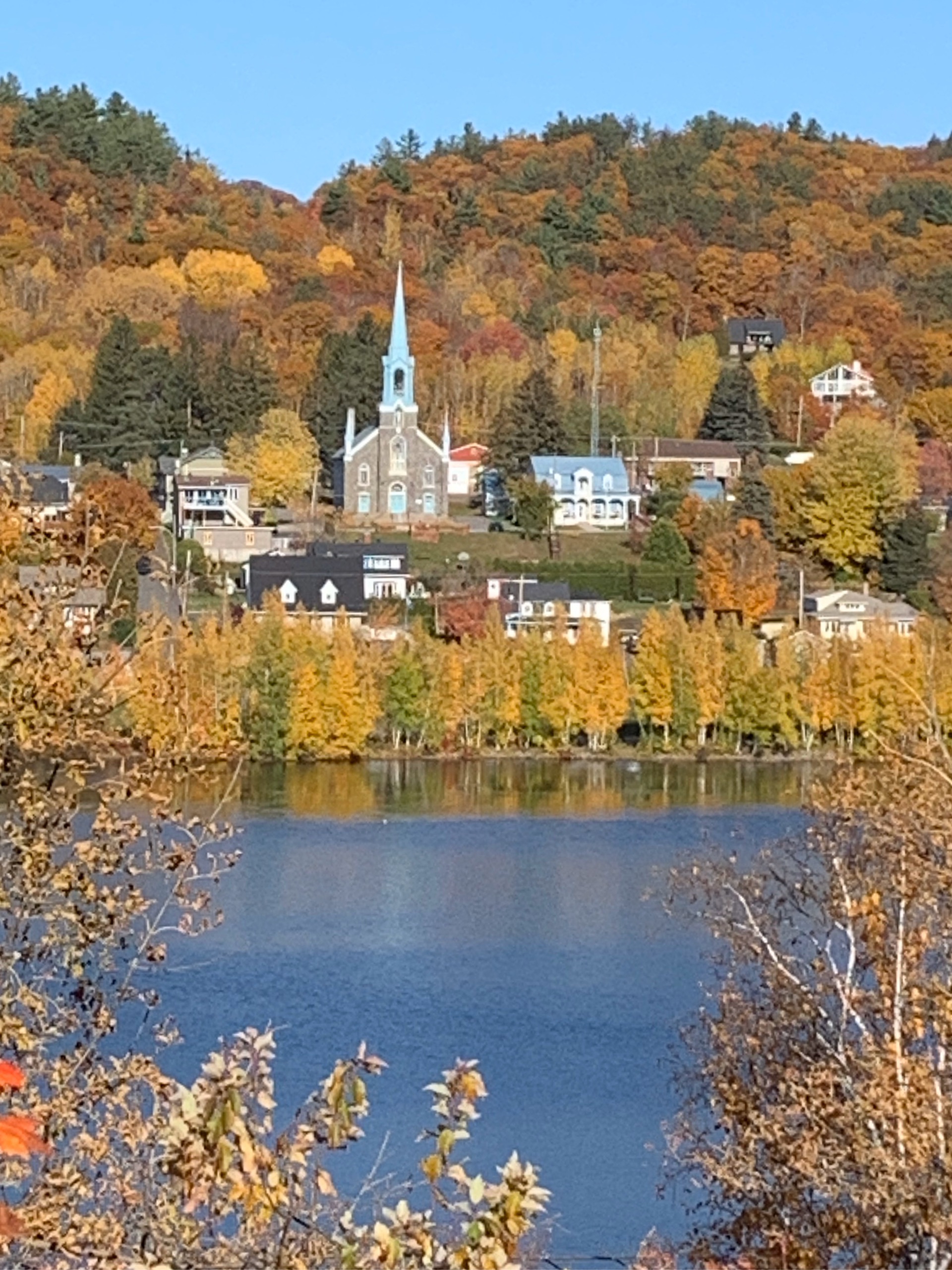Global Travel Information
River Don, Russia
The Enigmatic Beauty of the River Don, Russia
The River Don, one of Russia’s most significant waterways, winds its way through the vast landscapes of European Russia, shaping history, culture, and ecology along its course. Stretching approximately 1,870 kilometers (1,162 miles) from its source in the Central Russian Upland to its delta in the Sea of Azov, the Don is more than just a river—it is a lifeline for the regions it traverses. Its waters have witnessed the rise and fall of civilizations, the tumult of wars, and the quiet persistence of rural life. This article explores the geography, history, economic importance, and ecological significance of the River Don, offering a comprehensive look at this remarkable natural wonder.
Geography and Course of the River Don
The Don originates near the city of Novomoskovsk in Tula Oblast, about 200 kilometers south of Moscow. Unlike many major rivers that begin in mountainous regions, the Don’s source is modest, emerging from a small lake or wetland before gradually gaining strength as it flows southward. The river’s basin covers an area of about 422,000 square kilometers, making it one of the largest in European Russia.
As it meanders through the Central Russian Upland, the Don passes through several key cities, including Voronezh, Rostov-on-Don, and Azov. The river’s flow is relatively slow, a characteristic feature of lowland rivers, and it is fed by numerous tributaries, the most significant being the Seversky Donets, Khoper, and Medveditsa.
The Don’s final stretch forms a wide delta before emptying into the Sea of Azov, a shallow body of water connected to the Black Sea. This delta is a vital ecosystem, supporting diverse flora and fauna while also serving as an important fishing and agricultural zone.
Historical Significance of the River Don
The Don has played a pivotal role in Russian history, serving as a natural boundary, a trade route, and a battleground.
Ancient and Medieval Periods
In antiquity, the river was known as the Tanais to the Greeks and Romans, who established trading posts along its banks. The Scythians, Sarmatians, and later the Khazars and Pechenegs inhabited the region, using the river for transportation and sustenance.
During the Middle Ages, the Don became a crucial artery for the Kievan Rus’ and later the Golden Horde. The river’s strategic position facilitated trade between the Baltic, Black, and Caspian Seas, making it a contested zone among emerging Slavic principalities and nomadic steppe empires.

The Cossacks and the Don Host
By the 16th century, the Don Cossacks—a semi-autonomous warrior community—established themselves along the river, forming the Don Host, a military society that played a key role in Russian expansion. The Cossacks defended Russia’s southern frontiers against the Crimean Tatars and Ottoman Turks, while also participating in rebellions, most notably under Stenka Razin and later Yemelyan Pugachev.
Modern Conflicts: From Napoleon to World War II
The Don region witnessed significant military action during Napoleon’s invasion of Russia in 1812 and again during the Russian Civil War (1917–1923), where it became a stronghold of the anti-Bolshevik White Army.
World War II brought some of the most brutal fighting to the Don basin, particularly during the Battle of Stalingrad (1942–1943). The river served as a defensive line for Soviet forces, and its crossing by German troops marked a turning point in the war.
Economic and Industrial Importance
The Don has long been a vital economic resource, supporting agriculture, industry, and transportation.
Agriculture and Fertile Lands
The river’s floodplains are among the most fertile in Russia, supporting vast wheat fields, sunflower plantations, and vineyards. The region is often referred to as the "breadbasket of Russia," contributing significantly to the nation’s food supply.
Navigation and the Volga-Don Canal
Although the Don is not as navigable as the Volga, it remains an important transport route, especially after the construction of the Volga-Don Canal in 1952. This 101-kilometer canal connects the Don to the Volga River, enabling cargo ships to travel between the Caspian Sea and the Black Sea. Major ports like Rostov-on-Don facilitate trade in grain, coal, and machinery.
Hydroelectric Power and Industry
Several dams and reservoirs, such as the Tsimlyansk Reservoir, provide hydroelectric power and irrigation for the arid southern regions. The Don basin is also home to heavy industries, including steel plants and chemical factories, particularly around the city of Lipetsk.
Ecology and Environmental Challenges
Despite its economic benefits, the Don faces serious environmental threats.
Biodiversity and Wetlands
The river supports a rich variety of fish, including sturgeon, pike, and catfish, while its delta is a critical habitat for migratory birds. However, overfishing and pollution have led to declining fish populations.
Pollution and Water Management Issues
Industrial runoff, agricultural chemicals, and untreated sewage have degraded water quality. The construction of dams has also disrupted natural flow patterns, affecting fish migration and sediment distribution.
Efforts are underway to address these challenges, including stricter environmental regulations and wetland restoration projects. However, balancing economic needs with ecological preservation remains a pressing issue.
Cultural and Literary Legacy
The Don has inspired countless works of literature, most notably Mikhail Sholokhov’s And Quiet Flows the Don, an epic novel about Cossack life during the Russian Revolution, which won the Nobel Prize in Literature in 1965. Folklore, songs, and poetry further celebrate the river’s enduring presence in Russian identity.
Conclusion
The River Don is more than a geographical feature—it is a symbol of resilience, history, and natural beauty. From its humble beginnings in the Central Russian Upland to its mighty delta in the Sea of Azov, the river continues to shape the lives of those who depend on it. While modern challenges threaten its health, the Don remains a testament to Russia’s rich heritage and the enduring power of nature.
As efforts to protect the river gain momentum, there is hope that future generations will continue to cherish the Don’s waters, just as their ancestors did for centuries.
(Word count: ~1,200)
Would you like any additional details or modifications?
相关文章
- Elbe River Botanical Gardens: Flowers & Plants Along the Banks
- Elbe River Zoos & Aquariums: Family Fun Near the River
- Elbe River Amusement Parks: Rides with River Views
- Elbe River Camping Spots: Pitch a Tent by the Water
- Elbe River Glamping Sites: Luxury Camping Along the Banks
- Elbe River RV Parks: Stay in Your Camper Near the River
- Elbe River B&Bs: Cozy Accommodations with a Personal Touch
- Elbe River Hostels: Budget Stays for Young Travelers
- Elbe River Business Travel Guide: Meetings & Events Near the Water
- Elbe River Conference Venues: Spaces with River Views
发表评论
评论列表
- 这篇文章还没有收到评论,赶紧来抢沙发吧~


